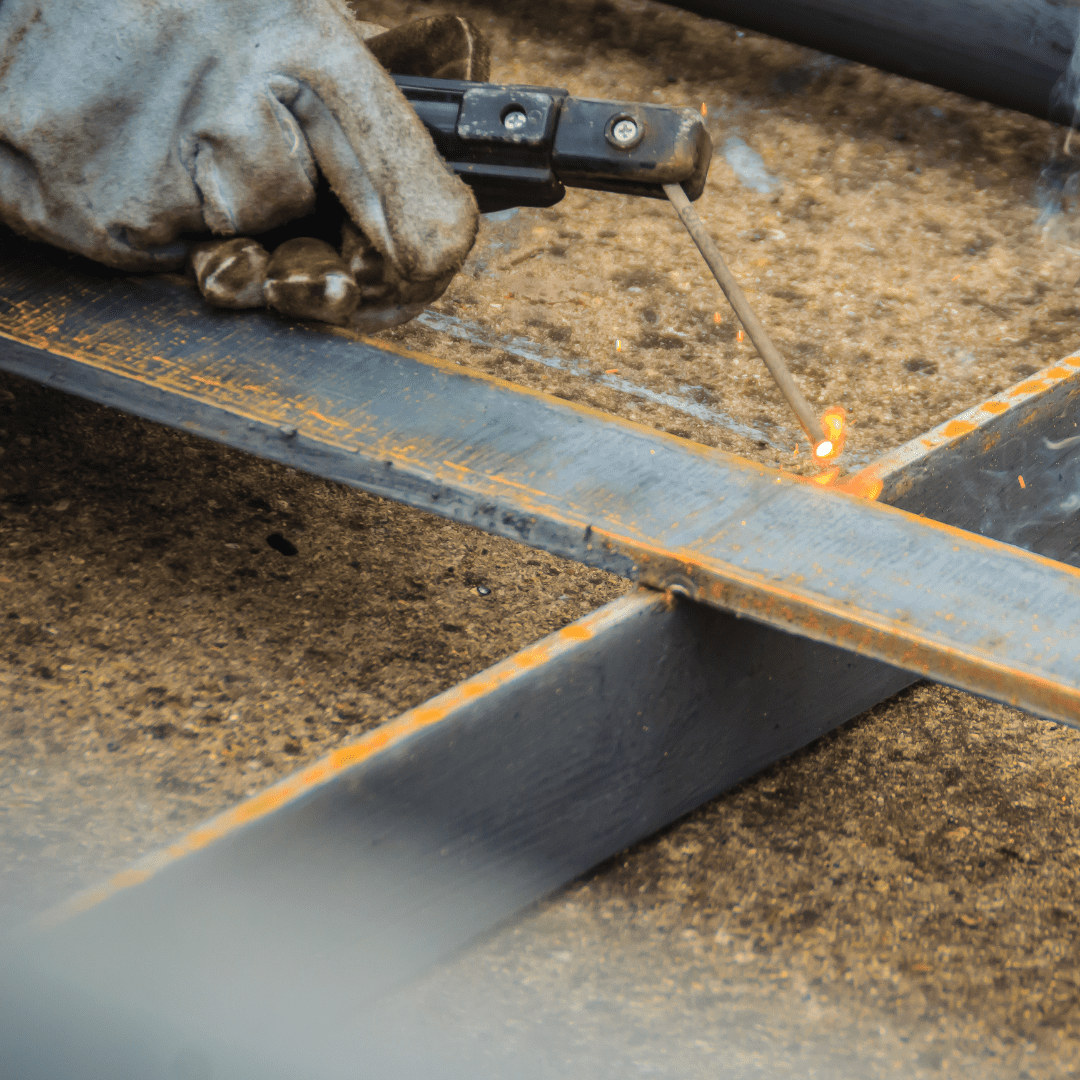Curious about the future of the metal fabrication market?
According to The Fabricator:
“Most will welcome 2020’s end, but what does 2021 bring? Will we see a return to normalcy? Not likely, but the root cause isn’t buried within dangerous flaws in the global financial system. The root cause is painfully obvious, and once the COVID-19 vaccine is more widely distributed, the world economies will again head in the right direction—maybe not quickly or even steadily, but the light at the end of the long tunnel will be there. Gross domestic product will likely continue its rebound going into 2021. But as ever, the pandemic’s path could change everything.
“’By the second or third quarter, we’ll likely be seeing GDP increases in the 3% to 4% range. We’ll be looking at a nice recovery—but that’s of course contingent on whether we have another lockdown.’
“That was Chris Kuehl, economic analyst for the Fabricators & Manufacturers Association Intl. (FMA). He added that the dramatic economic rebound reported in 3Q 2020—greater than 30% year over year—doesn’t point to an economic panacea; the rebound just came from an exceptionally low place. The second quarter of 2020 might go down as metal fabrication’s most challenging in recent memory, surpassing even the challenges faced during the depths of the financial crisis.
“The November presidential election nearly ensured a divided government come 2021, and as Kuehl explained, the business community doesn’t mind. ‘If you’d ask the business community for a preferred result, they would have picked a divided government. As the saying goes, ‘That which governs least governs best.’
“Manufacturers, not the service economy, are leading the recovery, and for obvious reasons. Because metal fabrication serves so many end markets, fabricators across the U.S. experienced 2020 in different ways. With the OEM shutdowns earlier this year, most fabricators had a rough first half of the year. Even so, many shops in the right markets—renewable, e-commerce, IT and communications infrastructure—never skipped a beat.
“How a fabricator will perform in 2021 will depend a lot on what end markets it serves. Market behaviors vary dramatically, but fabricators serve them all with metal fabrication equipment. This is why expected equipment spending can be so telling.
“Enter the ‘2021 Capital Spending Forecast’ released this month by the FMA. Total projected spending for 2021 is down, of course, but not off-the-charts down. Going into 2019 readers expected to spend nearly $2.8 billion on equipment. Going into 2021, they expect to spend more than $2.4 billion. That’s less than a 15% drop from the 2019 peak—not bad, considering.
“These numbers are extrapolated from more than 400 survey respondents. So, yes, it’s just a statistical sample, but the results are still telling, especially when it comes to spending trends for different types of equipment. For the first time in the history of the survey, the fiber laser has come out on top. That’s significant when you consider that not every metal fabricator adopts laser cutting.
“For years welding equipment and power source spending dominated the survey, which was no surprise. A fabrication operation might cut and bend with different technologies—plasma, punch, waterjet, laser, press brake, folder, panel bender, plate roll, and so on—but most shops weld. The big number of welding power source purchases also accounts for all the job shops that might offer only welding and a few other basic metalworking processes. Not every job shop can afford a laser.
“Despite this, the 2021 forecast projects nearly $300 million to be spent on fiber lasers alone, and this doesn’t even include the more than $85 million expected to be spent on new and used CO2 laser cutting machines. Fiber laser spending surpasses welding power source spending by millions of dollars.
“A few years back, press brakes and related forming equipment showed huge gains in the survey, a phenomenon attributed to the need for greater throughput. As more companies ramped up their fiber laser cutting capacity, they needed to ramp up their forming capacity too. Otherwise, they would simply be pushing their forming constraint downstream.
“But fiber lasers might be reaching an inflection point on the innovation curve. Machine OEMs have introduced new ways to manipulate the beam, new forms of material handling automation, and new levels of laser cutting power. One productive fiber laser can now serve a host of downstream forming and welding operations. It’s not as if the forming constraint has gone away; it’s just that recent innovations in laser cutting are changing the throughput equation, in turn driving equipment investment.
“During the financial crisis, consumables led the spending categories, which seemed logical. It was a time to retrench, watch, and muddle through. 2021’s projections, however, fly in the face of conventional thinking. One would think that after a brutal 2020, fabricators would think twice before making a huge capital purchase. Nevertheless, large equipment investment continues.
“Kuehl wasn’t surprised. He recalled a recent conversation with a manufacturer outside the fabrication industry, but one that still faces similar skilled labor challenges. 2020 was tough, but now the operation needs to grow again—but it’s not hiring. Instead, it’s investing in flexible automation.
“The global pandemic has thrown a wrench into the global supply chain. Reshoring trends will continue, and so will customers’ demand for fabricators to respond quickly. Fabricators have two choices: They can hold more inventory (which could become obsolete or remain unsold) or they can ramp up their ability to fabricate on demand. Quite often automation is the only practical way to scale up production so quickly.”






